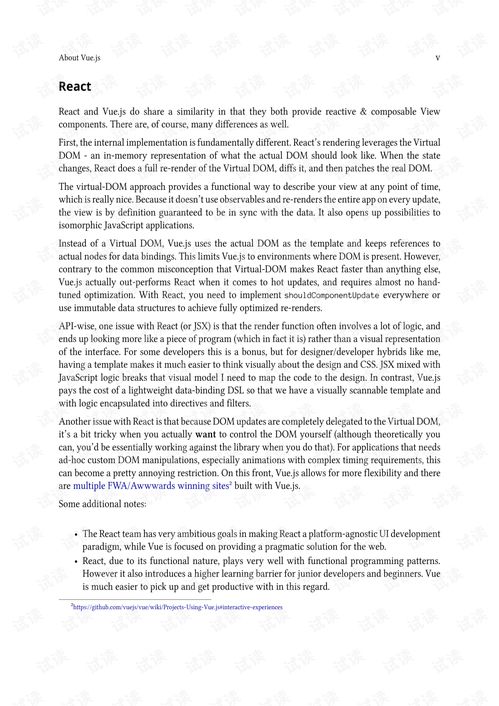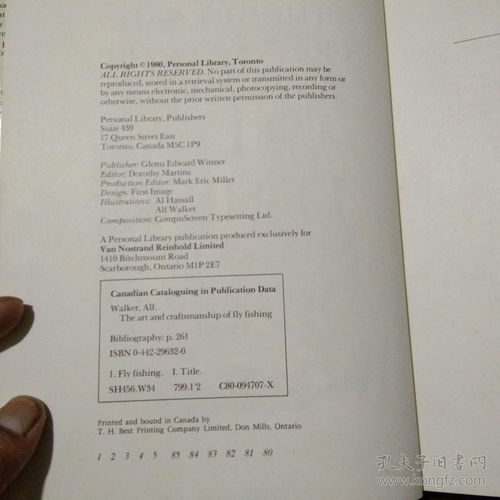Introduction: Fishing is an ancient pastime that has been cherished by many for its tranquility and the thrill of the catch. For those who are shooting hands – individuals who are right-handed and have developed a preference for using their right hand for activities like shooting – the challenge of fishing can sometimes seem daunting. However, with the right techniques and a few clever adjustments, even a shooting hand can become a master angler. In this article, we will delve into the essential tips and techniques for shooting-hand anglers, complete with a detailed diagram to guide you through the process.
Choosing the Right Equipment: For shooting-hand anglers, it's crucial to select the right equipment that accommodates their dominant hand. Here are some key considerations:
a. Rod: Opt for a rod with a comfortable grip that allows you to place your dominant hand at the top. This will help you maintain better control and accuracy.
b. Reel: Choose a reel that is designed for your dominant hand. Some reels have a reversible clicker that can be switched to suit your preference.
c. Line: Ensure that the line you use is appropriate for the type of fishing you plan to do. For shooting-hand anglers, it's often beneficial to use a heavier line to compensate for the potential lack of precision.
Casting Techniques: Casting is a fundamental skill for any angler, and it's essential to master it to improve your chances of success. Here are some casting techniques tailored for shooting-hand anglers:
a. Hold the Rod: Place your dominant hand on the rod's grip, and your non-dominant hand near the rod's tip for balance. This allows you to maintain control and make precise adjustments.

b. Backcast: Begin by lifting the rod back behind you, keeping it at a 45-degree angle. Once the line is fully back, accelerate smoothly through the forward cast.
c. Forward Cast: With the line in your dominant hand, begin the forward cast by sweeping the rod forward. Use a slow, smooth motion to avoid spooking fish.
d. Practice: Like any skill, casting takes practice. Spend time on the shore or a quiet lake practicing your technique until it becomes second nature.
Lifting and Setting the Hook: Lifting and setting the hook is where many anglers lose their catch. Here's how shooting-hand anglers can improve their hook-setting technique:
a. Use a Quick Jig: After a fish bites, quickly lift the rod to set the hook. For shooting-hand anglers, this involves using the wrist and arm strength of their dominant hand.
b. Practice Timing: Timing is crucial. As the fish moves, anticipate its direction and set the hook just as it begins to turn or pull away.
c. Diagrams for Motion: To visualize the motion, imagine drawing a small circle in the air with the rod as you lift it to set the hook. This diagram will help you maintain a consistent and effective motion.
Knot Tying: Proper knot tying is essential for securing your line and ensuring a successful catch. Here are some knots that are particularly effective for shooting-hand anglers:
a. Palomar Knot: This is a versatile and strong knot that is easy to tie. It's suitable for both monofilament and fluorocarbon lines.
b. Clinch Knot: The clinch knot is simple to tie and holds well under tension. It's ideal for attaching lures and hooks.
c. Diagrams for Tying: To help you visualize the knot-tying process, we've included diagrams for each knot, step by step.
Fish Handling: Once you've made the catch, it's important to handle the fish with care. Here are some tips for shooting-hand anglers:
a. Use a Landing Net: When you feel a fish, use a landing net to safely retrieve it. This minimizes stress on the fish and increases your chances of a successful release.
b. Keep the Fish in the Water: If you plan to release the fish, keep it in the water until it's ready to swim away. This allows it to recover and reduces the risk of injury.
c. Diagrams for Fish Handling: To help you understand the proper technique, we've included diagrams showing how to use a landing net and how to safely release a fish.
Conclusion: Fishing with a shooting hand can be challenging, but with the right techniques and a bit of practice, it's definitely achievable. By following the tips and techniques outlined in this article, combined with the helpful diagrams, you'll be well on your way to becoming a proficient shooting-hand angler. Remember, the key is patience, practice, and a willingness to learn. Happy fishing!












